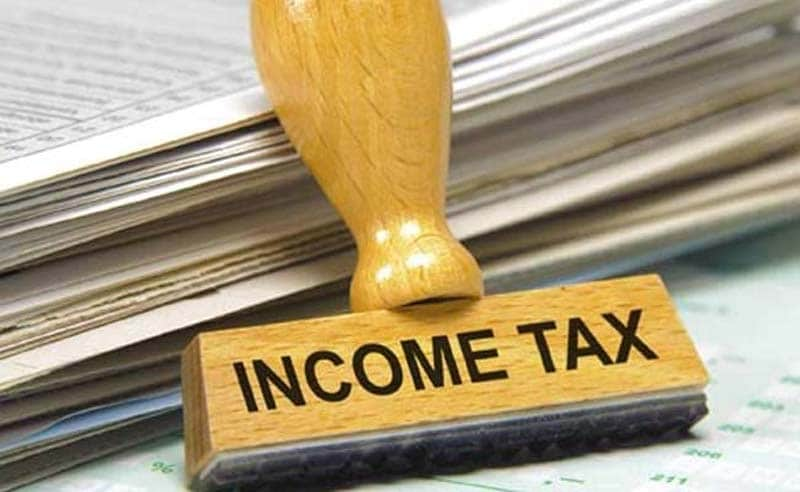-

4. Arun Jaitley speech: Budget 2016 income tax relief – In case of superannuation funds and recognised provident funds, including EPF, the same norm of 40 percent of corpus to be tax-free will apply in respect of corpus created out of contributions made on or from 1.4.2016. He also said that the government is proposing the monetary limit for contribution of employer in recognised Provident and Superannuation Fund of Rs.150,000 per annum for taking tax benefit. <a href="https://www.financialexpress.com/article/budget-2016/union-budget-2016-live-highlights-income-tax-arun-jaitley-service-tax-gst-bill-7th-pay-commission-news/217358/"><strong>Union Budget 2016 highlights: Cigarettes, cars to become expensive; HRA exemption raised to Rs 60,000</strong></a>
-
1. Income tax tips: Why do I see income tax (due) payable? Through the TDS mechanism, government receives tax on your income when you are paid. Your employer deducts TDS before paying you and so does the bank. But in case TDS is not sufficient to meet your tax liability, you are likely to see a tax due. Any tax dues must be paid in full before 31st March to avoid interest. Extra tax shows up when TDS has been deducted at a lower rate but you fall in a higher tax slab. Usually interest income from savings account or fixed deposits causes tax due. TDS is deducted @ 10% on these and those in higher tax slabs of 20% or 30% are sure to see some tax due when interest income is included in their total income. A large tax payable may also show up if you have changed jobs during the year and not disclosed your income from previous employer to your current employer. Your new employer has no way of finding out how much you earned previously. And unless the two incomes are aggregated, some tax due is bound to show up. (Image Source: Thinkstock)
-
2. Income tax tips: What can I do about it? Estimate your total taxable income for the whole year. Aggregate your income from all sources, include salary (from all employers), house property, any capital gains and also interest income. Just what you would do at the time of filing your return. Interest income may be from savings account or fixed deposits or from bonds. If TDS has been deducted on your interest income, you’ll see an entry in your Form 26AS and you can trace the relevant interest income in your bank statement. Savings account interest though is not subject to TDS. Pick up all your bank statements and scan them for interest entries. Include this in your total income. If interest income has been shown for a period other than the financial year, you can use a reasonable proportion and find out how much interest pertains to the current financial year. Once you have sum total of your income from all sources, reduce deductions you want to claim. Finally calculate tax due. From this tax due reduce TDS which has already been deducted and deposited. If you see any tax payable do pay it before 31st March. Clearing all your tax dues timely, saves you from penal interest which may be charged under section 234B or 234C. (Image Source: Thinkstock)
-
3. Income tax tips: How do I pay income tax due? Select challan 280 for paying your income tax due. Choose assessment year correctly. The assessment year is 2016-17 for financial year 2015-16. You will be redirected to the net banking page. Double check the information entered here. And enter the income tax to be paid in the income tax field. You can leave surcharge, education cess, interest and penalty blank. After making the payment you can access your challan. Keep these details safely so you can submit them at the time of filing your return. (Image Source: Thinkstock)